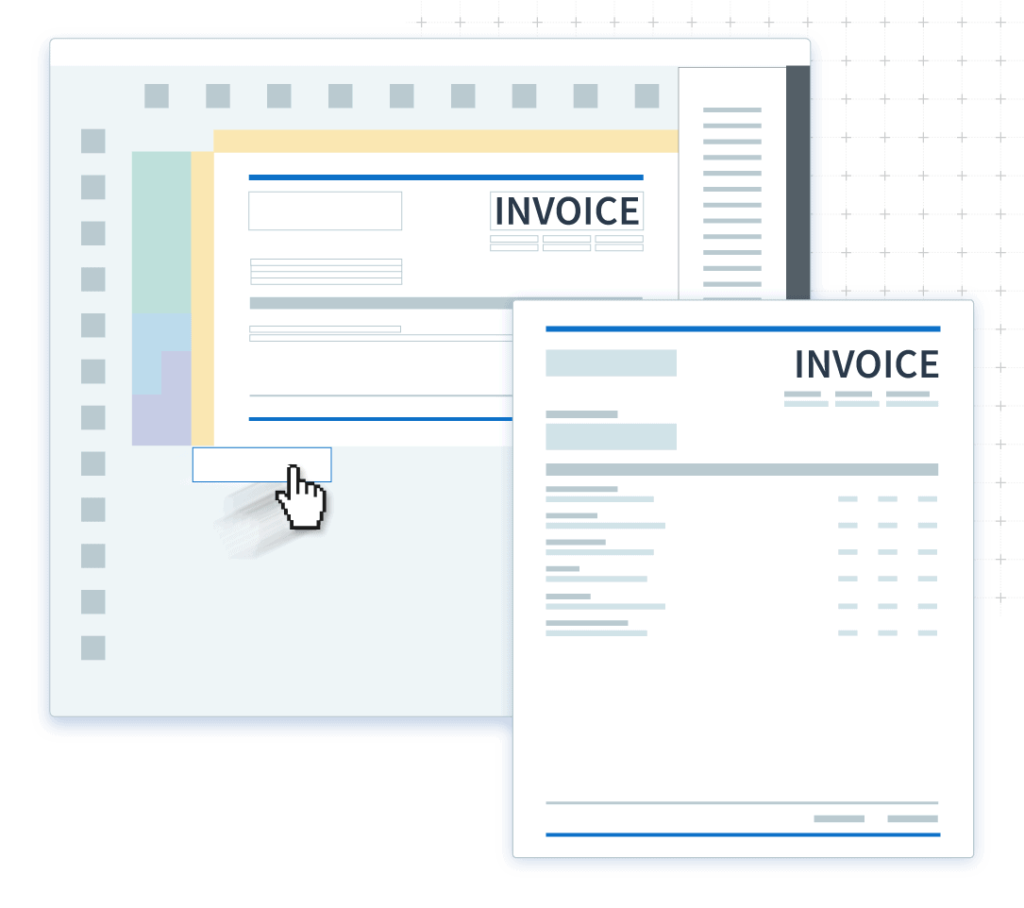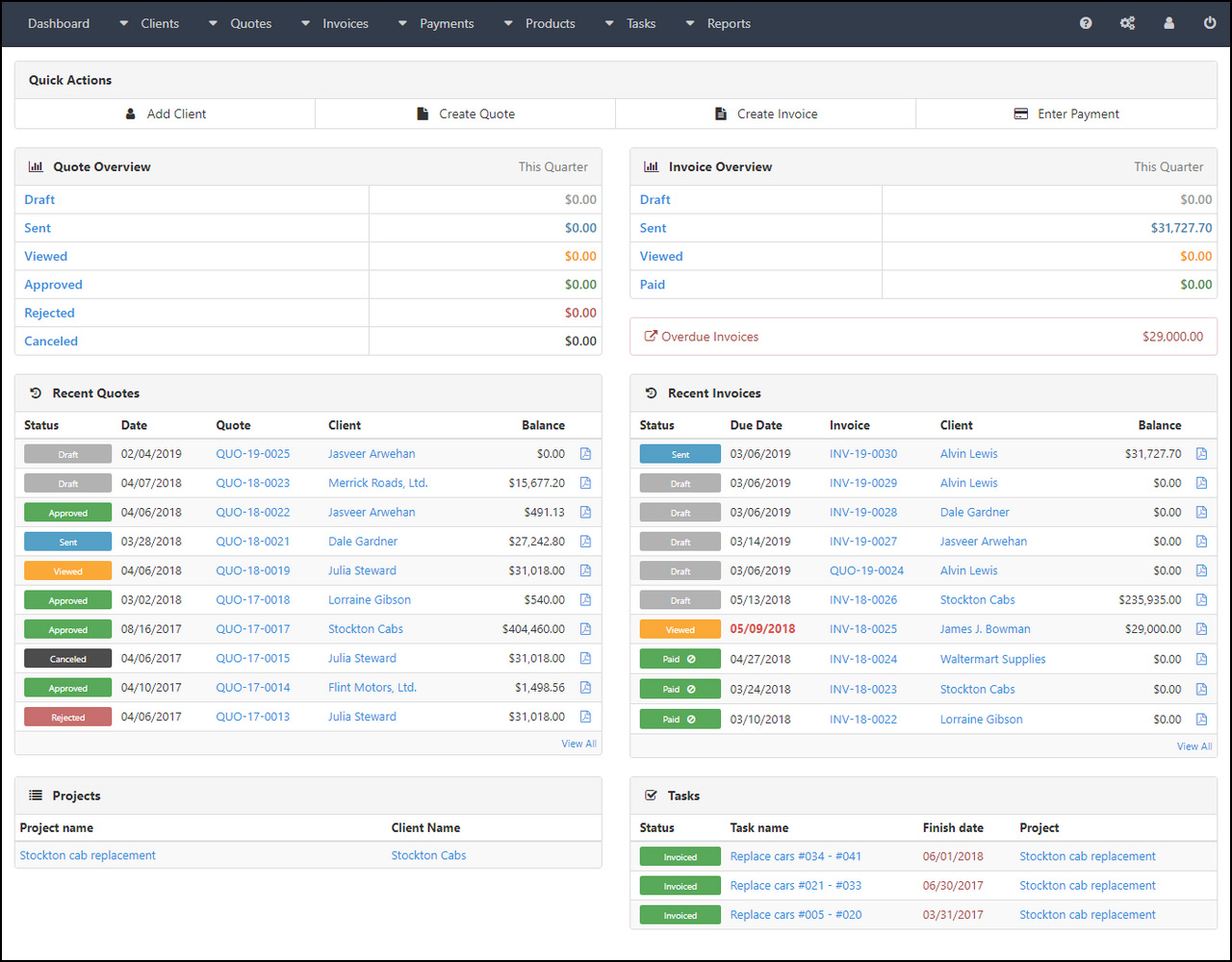CRM invoices play a crucial role in streamlining business operations and maintaining efficient customer relationships. This guide delves into the intricacies of CRM invoices, exploring their customization, automation, integration, reporting, and management.
By understanding the principles Artikeld in this comprehensive resource, businesses can leverage CRM invoices to optimize their billing processes, enhance customer satisfaction, and drive operational excellence.
CRM Invoice Overview

A CRM invoice is a billing document used by businesses to track and manage payments for services related to customer relationship management (CRM) software. It is an essential component of the CRM billing process, providing a clear and detailed record of the services provided and the associated charges.
Typical Components and Structure
A CRM invoice typically includes the following components:
- Invoice number
- Invoice date
- Customer information (name, address, contact details)
- Description of services provided
- Quantity and unit price of each service
- Total amount due
- Payment terms
- Contact information for billing inquiries
Best Practices in CRM Invoice Design
To ensure clarity and efficiency, consider the following best practices when designing CRM invoices:
- Use a clear and concise font.
- Highlight important information, such as the total amount due, with bold or italics.
- Provide detailed descriptions of services to avoid confusion.
- Include a breakdown of charges, including any discounts or taxes.
- Use consistent formatting and layout for all invoices.
CRM Invoice Customization

Customizing your CRM invoices offers a plethora of benefits. It enables you to:
- Tailor invoices to align with your company’s branding and professional image.
- Provide customers with a clear and informative overview of their purchases.
- Streamline invoice processing and reduce errors.
- Enhance customer satisfaction by providing a personalized experience.
Step-by-Step Guide to Customizing CRM Invoices
Follow these steps to customize your CRM invoices:
- Choose a CRM template:Select a template that suits your business needs and branding.
- Edit the invoice fields:Customize the invoice fields to include the necessary information, such as company name, address, and contact details.
- Add your logo and branding:Upload your company logo and incorporate your branding elements to create a professional-looking invoice.
- Configure invoice settings:Set up invoice numbering, payment terms, and other invoice-related preferences.
- Preview and save your changes:Review your customized invoice before saving the changes.
Tips for Designing Informative and Visually Appealing CRM Invoices
To design effective CRM invoices, consider these tips:
- Use clear and concise language:Avoid using jargon or technical terms that customers may not understand.
- Highlight important information:Use bold or italicized text to emphasize key details, such as the invoice amount and due date.
- Provide detailed line items:Include a clear description of each item purchased, along with the quantity, unit price, and total cost.
- Include a payment summary:Display the total invoice amount, payment methods accepted, and any applicable taxes or discounts.
- Incorporate visual elements:Use color, images, or graphics to enhance the visual appeal of your invoices.
CRM Invoice Automation
Automating CRM invoices can streamline the invoicing process, saving time and effort while improving accuracy and efficiency. Here are some of the key advantages of automating CRM invoices:
- Reduced manual labor:Automation eliminates the need for manual data entry, reducing the risk of errors and freeing up time for more strategic tasks.
- Improved accuracy:Automated systems ensure that invoices are accurate and consistent, reducing the likelihood of disputes or payment delays.
- Increased efficiency:Automation can significantly speed up the invoicing process, allowing businesses to send invoices more quickly and efficiently.
- Enhanced customer satisfaction:Automated invoicing can improve customer satisfaction by providing faster and more accurate invoices.
There are several different methods for automating CRM invoices, including:
- Integration with accounting software:Many CRM systems can be integrated with accounting software, allowing invoices to be generated and sent directly from the CRM.
- Third-party invoicing software:There are a number of third-party software solutions that can be used to automate CRM invoices.
- Custom-built solutions:Businesses can also develop their own custom-built solutions for automating CRM invoices.
Here are some examples of software or tools that can be used to automate CRM invoices:
- Salesforce Billing:Salesforce Billing is a cloud-based invoicing solution that can be integrated with Salesforce CRM.
- Zoho Invoice:Zoho Invoice is a cloud-based invoicing solution that can be integrated with Zoho CRM.
- FreshBooks:FreshBooks is a cloud-based accounting solution that can be integrated with a number of CRM systems.
- QuickBooks:QuickBooks is a popular accounting software that can be integrated with a number of CRM systems.
CRM Invoice Integration
Integrating CRM invoices with other business systems is crucial for streamlining operations and improving efficiency. It enables the seamless flow of invoice-related data between different applications, eliminating manual data entry and reducing errors.
Benefits of CRM Invoice Integration
Improved accuracy
Automating the invoice creation and processing eliminates manual data entry errors.
Increased efficiency
Streamlined processes reduce time spent on invoice management tasks.
Enhanced collaboration
Integrated systems allow for real-time visibility and collaboration between different departments.
Better customer experience
Automated invoices and timely payment reminders improve customer satisfaction.
Challenges of CRM Invoice Integration
Data security
Ensuring the security of sensitive invoice data during integration is paramount.
System compatibility
Compatibility issues between different systems can hinder successful integration.
Resource requirements
Integration can require significant time and resources to implement and maintain.
Step-by-Step Guide to CRM Invoice Integration
1. Identify business requirements
Determine the specific needs and objectives of the integration.
2. Select a CRM integration tool
Choose a tool that supports the required functionality and is compatible with the existing systems.
3. Map data fields
Establish a clear mapping between invoice data fields in the CRM and other systems.
4. Configure integration settings
Configure the integration tool according to the data mapping and business requirements.
5. Test and deploy
Thoroughly test the integration to ensure accuracy and functionality before deploying it into production.
CRM Invoice Reporting

CRM invoice reporting provides valuable insights into your business’s financial performance and customer interactions. By analyzing CRM invoice data, you can identify trends, improve processes, and make informed decisions to enhance revenue and profitability.
Types of CRM Invoice Reports:
- Sales reports: Track sales performance by product, customer, or region.
- Invoice reports: Monitor invoice status, payment history, and overdue payments.
- Customer reports: Analyze customer purchase behavior, identify high-value customers, and target marketing efforts.
- Aging reports: Identify overdue invoices and take appropriate action to collect payments.
- Cash flow reports: Forecast cash flow based on invoice data and identify potential cash flow gaps.
Using CRM Invoice Reports to Improve Business Operations:
- Identify revenue trends: Track sales over time to identify growth areas and areas for improvement.
- Improve customer relationships: Analyze customer purchase history to identify repeat customers and offer targeted promotions.
- Optimize billing processes: Identify bottlenecks in the invoicing process and implement automation to streamline operations.
- Reduce overdue payments: Use aging reports to identify overdue invoices and prioritize collection efforts.
- Forecast cash flow: Use cash flow reports to anticipate future cash flow needs and make informed financial decisions.
Best Practices in CRM Invoice Reporting
- Use clear and concise report formats.
- Customize reports to meet specific business needs.
- Automate report generation to save time and effort.
- Share reports with relevant stakeholders to foster collaboration.
- Use reporting tools that provide data visualization capabilities.
CRM Invoice Management
Effective CRM invoice management ensures efficient tracking, organization, and processing of invoices, streamlining billing operations and improving cash flow. Best practices involve establishing clear invoice processes, utilizing automation tools, and maintaining accurate records.
Invoice Tracking and Organization, Crm invoice
Implementing a system for tracking invoices from creation to payment simplifies invoice management. Assign unique invoice numbers, maintain a centralized database, and use CRM tools for real-time visibility into invoice status.
- Establish clear guidelines for invoice numbering and formatting.
- Utilize CRM dashboards and reports for invoice status tracking.
- Archive invoices securely for easy retrieval and audit purposes.
Invoice Approval and Payment Processing
Ensuring proper invoice approval and payment processing is crucial for timely revenue recognition and cash flow management. Establish a clear approval process with defined roles and responsibilities.
- Implement multi-level approval workflows to prevent unauthorized payments.
- Integrate with payment gateways for secure and efficient payment processing.
- Provide clear instructions for invoice payment and follow up on overdue invoices.
Last Recap
In conclusion, CRM invoices are a powerful tool that can transform business operations. By embracing customization, automation, and integration, businesses can unlock the full potential of CRM invoices to streamline processes, improve accuracy, and gain valuable insights.
With the guidance provided in this guide, businesses can harness the power of CRM invoices to drive growth, profitability, and customer loyalty.
Answers to Common Questions
What is the purpose of a CRM invoice?
A CRM invoice is a document that Artikels the goods or services provided to a customer, along with the associated charges and payment details. It serves as a record of the transaction and facilitates billing and payment processing.
How can I customize CRM invoices?
CRM invoices can be customized to reflect your business’s branding, include additional information, and meet specific customer requirements. Customization options may vary depending on the CRM system you use.
What are the benefits of automating CRM invoices?
Automating CRM invoices can save time, reduce errors, and improve efficiency. Automated systems can generate invoices based on predefined templates, send invoices to customers, and track payments.

